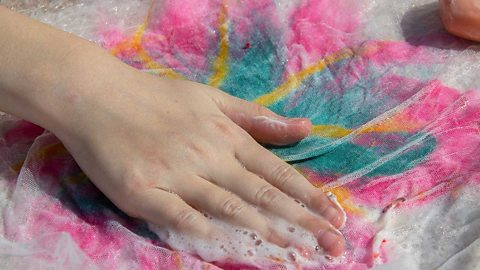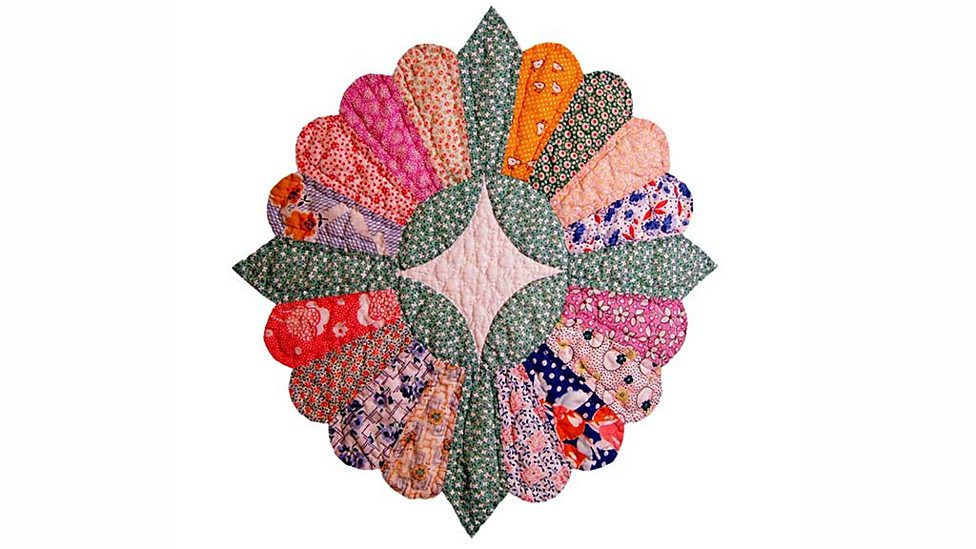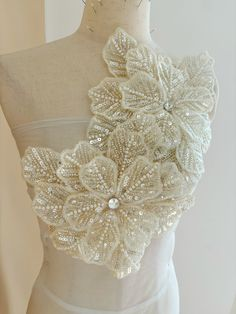Textile Design
Part 1: Introduction
Textile design is the creative and technical process behind the visual and functional aspects of fabrics. It's like the blueprint for the look and feel of the textiles we encounter in everyday life. Here's a breakdown:
The Art & Science of Fabric:
Creative Aspect: Textile designers are artists who envision patterns, textures, and colors for fabrics. They use their knowledge of design principles, trends, and target audiences to create visually appealing and functional textiles.
Technical Aspect: It's not just about pretty pictures! Designers also consider the technical aspects of fabric creation. This involves understanding different weaving methods, knitting techniques, printing processes, and how these choices affect the final product's strength, drape, and functionality.
More Than Just Patterns:
While creating surface patterns for fabrics is a significant part of textile design, it goes beyond that. Textile designers might also be involved in:
Developing new fabrics: Experimenting with different fibers, blends, and construction methods to achieve specific qualities like breathability or water resistance.
Color selection: Choosing dyes and color palettes that align with trends or a specific brand identity.
Designing for specific purposes: Creating fabrics suitable for fashion garments, upholstery, industrial use, or even artistic installations.
Different Design Approaches:
Textile design can be broadly categorized into three main disciplines:
Printed textile design: Creating patterns that are printed onto pre-woven fabrics. This is commonly used for clothing, homeware, and upholstery.
Woven textile design: Designing the actual structure of the fabric through the arrangement of threads in weaving. This creates patterns and textures inherent to the fabric itself, like damask or plaid.
Mixed media textile design: Combining different techniques like weaving, embroidery, dyeing, and felting to create unique and artistic textiles.
Impactful Field:
Textile design plays a crucial role in various industries:
Fashion: Creating the fabrics for clothing, accessories, and footwear.
Interior Design: Designing fabrics for upholstery, curtains, carpets, and other decorative elements.
Fine Arts: Creating textile works of art for galleries and exhibitions.
Textile design is a dynamic field that merges creativity with technical knowledge. It's a fascinating way to express oneself and influence the look and feel of the world around us.
Part 2: Constructed Textile Techniques
Fabric Construction
Fibers: Fabrics can be made from natural (animal or plant-based) or man-made fibers.
Yarns: Fibers are cleaned and spun into threads or yarns of varying thicknesses (ply).
Construction Methods: Fabrics are made through weaving, knitting, or non-woven techniques (felting, bonding).
Weaving:
Uses a loom to interlace two sets of yarns:
Warp threads: Run vertically, strung first on the loom (up and down direction).
Weft threads: Woven horizontally (side to side) under and over warp threads using a shuttle.
Selvedge: Strong edge of the fabric created by weft threads turning back on themselves.
Strength and Stretch: Woven fabrics are strong, with some stretch on the bias (diagonal).
Patterns and Designs: Created by the order of weft threads weaving under/over warp threads.
Two-tone fabrics: Different colored warp and weft threads.
Tapestries: Complex designs using various colored and thickness yarns in warp sections.
Experimenting with Weaving:
Make a simple loom from cardboard with notches and string as warp threads.
Weave with different yarns, fibers, and materials as weft to explore variations.
Part 3: Hand-made Textile Techniques
Knitting and Crochet:
Knitting: Creates fabrics using needles to form rows of interlocking loops.
Stitch variations affect texture and design.
Different colored yarns create patterns and images.
Intentional dropped stitches can add interesting effects.
Crochet: Uses hooked needles to create loops and twists in yarn, forming designs.
Braided Fabrics:
Made by plaiting and wrapping yarns into braids.
Braids are sewn together in rows or spirals to form fabric.
Natural materials like straw, grasses, and twigs can also be used for braiding and weaving (e.g., baskets).
Felting and Non-Woven Fabrics:
Felting: Matting natural or man-made fibers together with heat, friction, and soapy water.
Needle Felting: Uses barbed needles to mat the fibers.
Bonded Fabrics: Produced using heat and pressure. You can experiment by trapping various materials in laminator pouches and using a heat press.

Patchwork and Quilting:
Patchwork: Involves sewing together pieces of fabric into a larger design.
Quilting: Turning patchwork panels into quilts by adding a backing fabric and a layer of wadding in between. A design is then stitched through all layers for decoration.
Traditionally used recycled fabrics and old clothes.
Colourful quilt block from a 1920s bedspread, made from recycled children’s clothes

Key fact
Historically patchwork quilts would be made from recycled fabrics, old clothes and soft furnishings.
Part 4: Hand Stitching
Function: Used for both constructing textiles and adding decoration. Used for Delicate Fabrics.
Embroidery Stitches and Threads: Choice depends on fabric and desired effect.
Specific Techniques:
Couching: Sewing thicker yarns, cords, or mixed media onto fabric by hand.
Process:
Pin yarn in place.
Use overcast stitch to hand-sew over yarn, securing it.
Machine alternative: wide zig-zag stitch.
Applique: Applying one fabric onto another for decoration.
Hand Applique: Sewing decorative fabric shapes onto a base fabric using embroidery stitches.
Machine Applique: Sewing decorative fabric shapes onto a base fabric using a sewing machine.

Part 5: Machine Stitching
Machine Stitching Techniques
Stitch Settings: Sewing machines offer various stitches for both decoration and function. Refer to your machine's manual for details.
Special Techniques:
Free Motion Embroidery: "Drawing" with machine stitches.
Requires a darning/embroidery foot (replaces presser foot).
Lower feed dogs to allow free fabric movement.
Use an embroidery frame for safety (holds fabric taut and protects fingers).
CAD Embroidery: Pre-programmed designs and lettering created with:
CAD Embroidery Machines
Computer Embroidery Software (for custom designs)
Seams:
Joins between two fabric pieces sewn together.
Seam Allowance: Extra fabric (typically 1.5cm) left between the fabric edge and stitching line.
Part 6: Embellishing Techniques
Embellishment Techniques
Function: Decorate garments and textiles. Provide additional functional and aesthetic qualities to your goods.
Embellishment Types:
Buttons, Beads & Sequins: Add sparkle, texture, and dimension.
Studs, Poppers, & Safety Pins: Can be functional or decorative.
Ribbons, Cords & Braid: Add color, texture, and trim.
Tassels: Decorative fringe.
Shells & Mirrors: Unique and eye-catching additions.
Fabric Manipulation:
Pleats, Folds & Tucks: Create surface texture and design.
Smocking: Decorative gathering of fabric using hand stitches.
Suffolk Puffs (Yo-Yos): Gathered fabric circles sewn flat or stuffed for 3D embellishment.